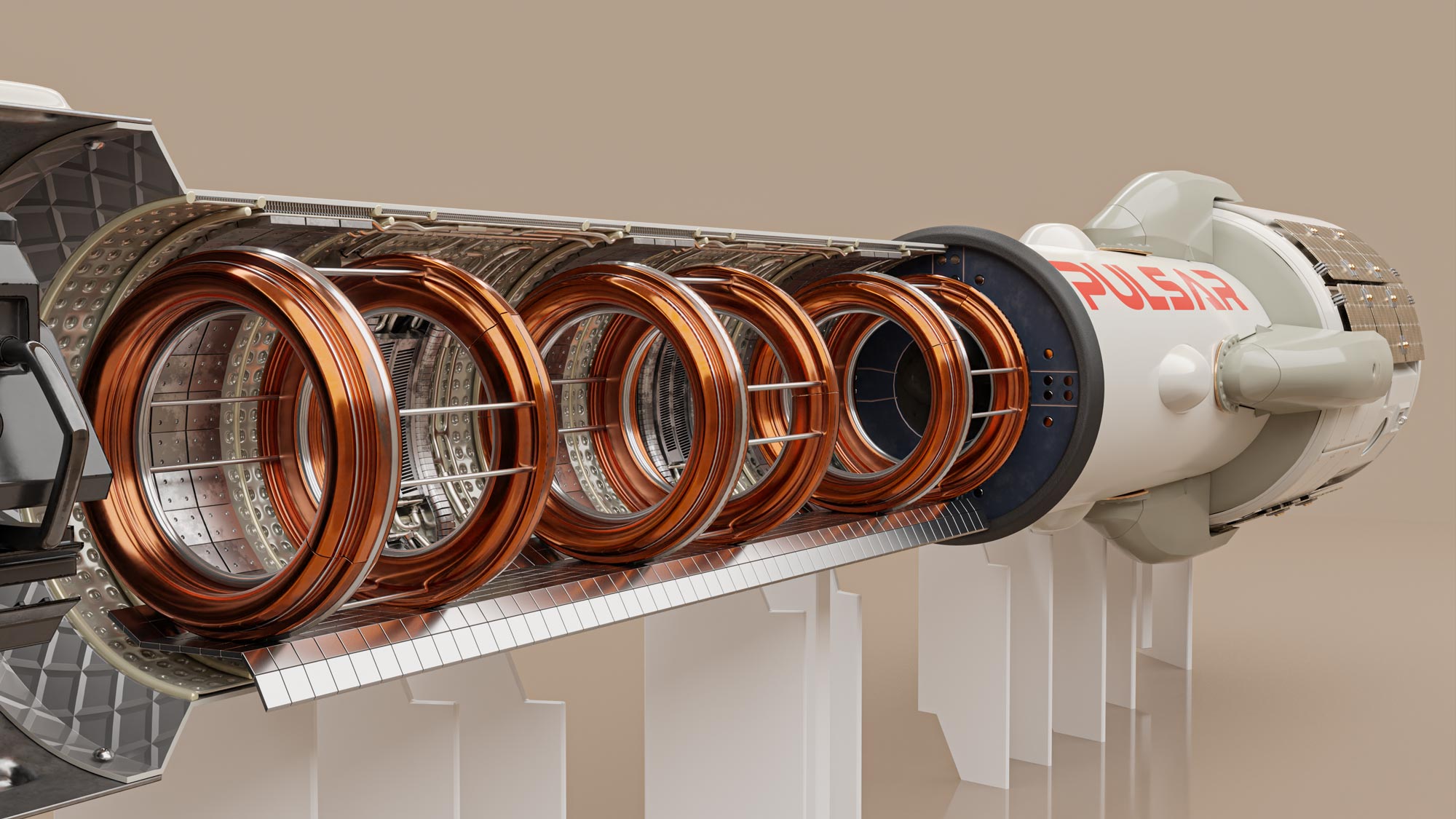The British company Pulsar Fusion has begun construction of the world’s largest thermonuclear rocket engine. It seeks to prove that the technology is viable and will significantly reduce the time of space flights in the future. This is stated on the official website of Pulsar Fusion.

The launch of the engine with a total length of 8 meters is scheduled for 2027. And before that, the company will have to cope with a lot of difficulties. In the center of the nuclear fusion plant is a super-hot plasma, closed in an electromagnetic field. Scientists need to understand how to make this mechanism stable and safe to use.
“The difficulty is learning how to hold and confine the super-hot plasma within an electromagnetic field. The plasma behaves like a weather system in terms of being incredibly hard to predict using conventional techniques,” said James Lambert, CFO of Pulsar Fusion.
To cope with the risks that are hidden in the use of technology, the company resorts to machine learning. It has entered into a partnership agreement with the American Princeton Satellite Systems for the application of supercomputer algorithms. The data obtained will help to control the plasma more accurately and predict its behavior.
If the scientists manage to succeed, the temperature in the engine will reach several hundred million degrees. It’s hotter than the surface of the Sun. The excess energy should help the rocket to reach a speed of more than 800 thousand km/h (222 km/s). In theory, such progress in the movement of spacecraft will make it twice as fast to reach Mars.

It is worth noting that Pulsar Fusion is building a direct fusion engine. In it, charged particles create thrust directly, and do not turn into electricity. Thanks to atomic isotopes, a huge fuel load is not required, and this is more efficient than in other variants.
“You’ve got to ask yourself, can humanity do fusion? If we can — and we can — then fusion propulsion is totally inevitable. It’s irresistible to the human evolution of space,” said Richard Dinan, CEO of Pulsar Fusion.
Earlier we reported on how scientists carried out a thermonuclear reaction, but now they could not reproduce it.
According to techcrunch.com
Follow us on Twitter to get the most interesting space news in time
https://twitter.com/ust_magazine

